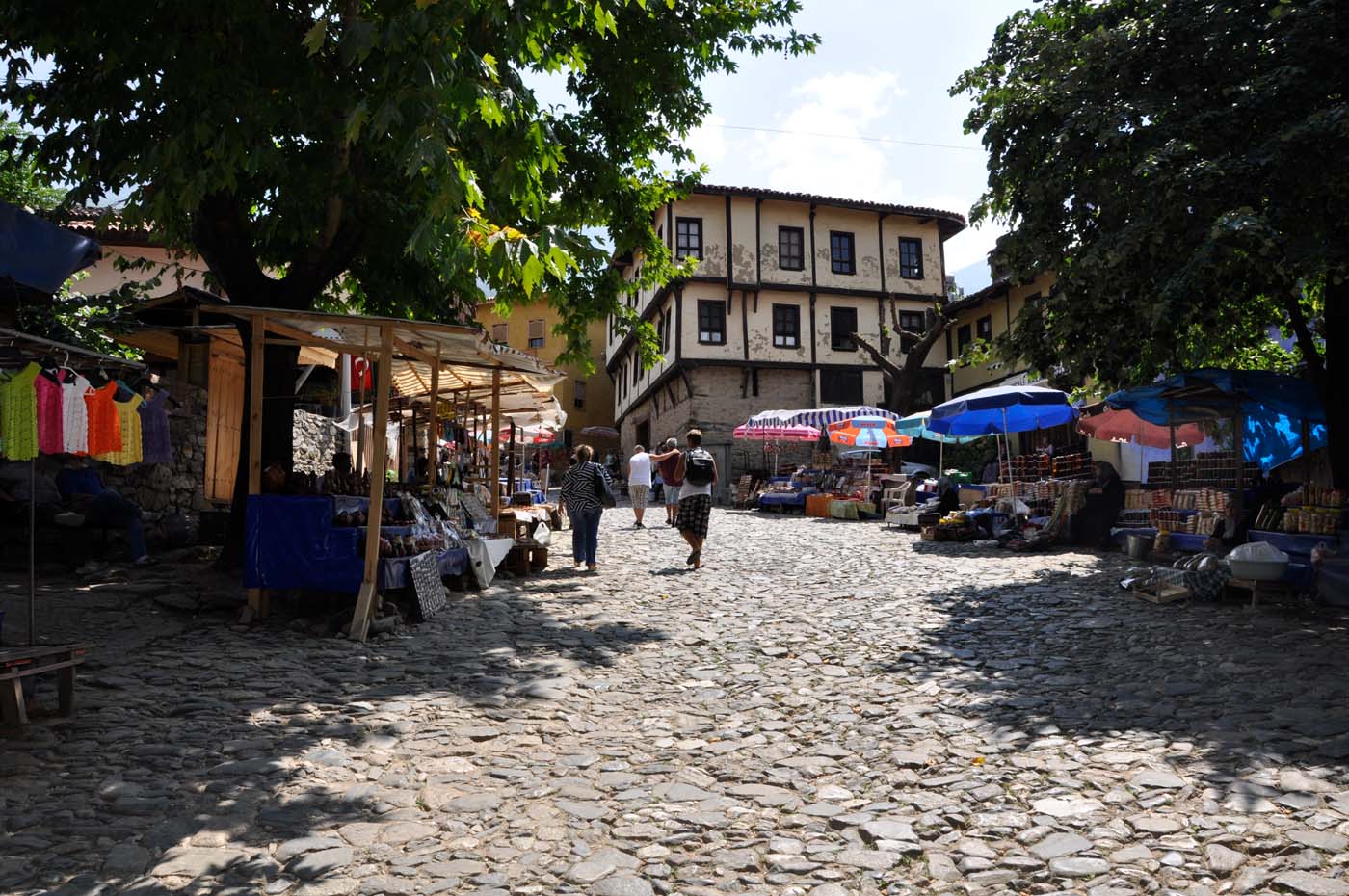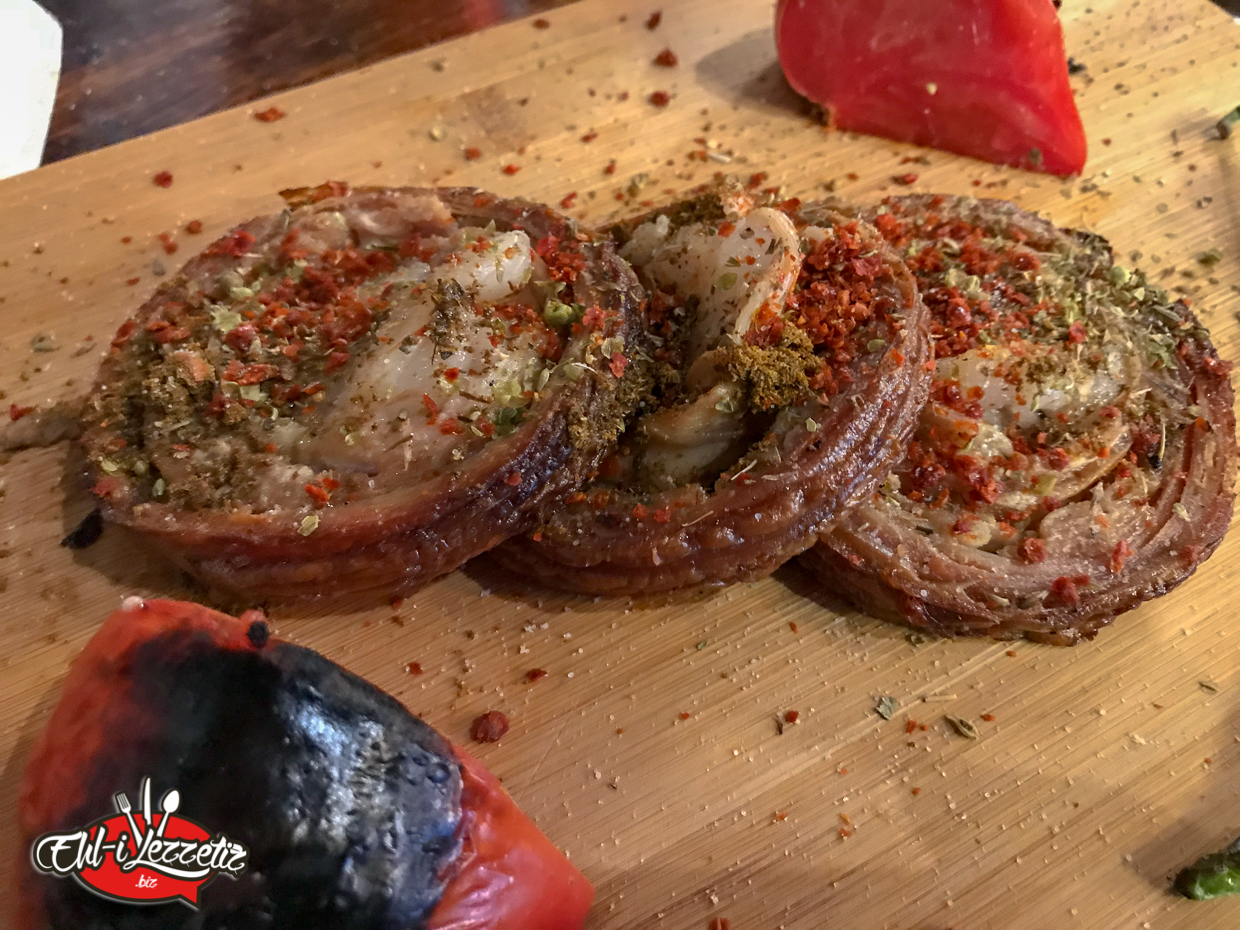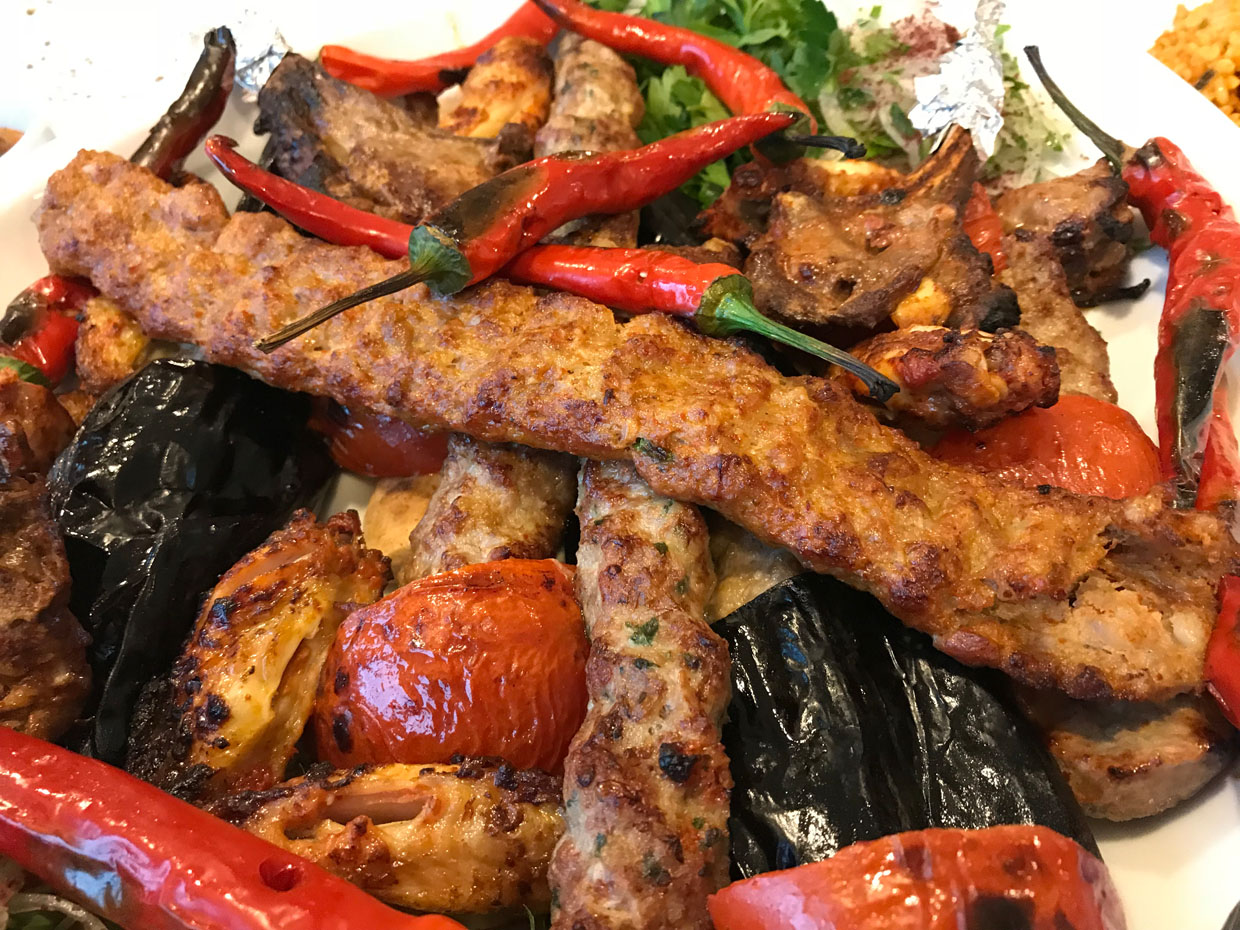Cumalıkızık Bursa
Cumalıkızık, which has brought the most magnificent village settlement of Ottoman civil architecture to the present day, has become known all over the world as well as our country in recent years. Cumalıkızık is rich in natural assets as well as cultural assets.
History:
Cumalıkızık, one of the regions where the Ottomans first settled in Bursa, carries the residential texture of the Ottoman period to the present day with a total of 270 houses, 180 of which are still in use and some of which are protected and restoration works.
The remains of a church belonging to the Byzantine period were identified in 1969 in the Ihlamurcu locality on the outskirts of Uludağ in the southeast of the Cumalıkızık settlement, and some architectural fragments of the church remains found on the surface are stored in the Bursa Archaeological Museum. The Ottoman Principality, which was established near Bursa, managed to dominate the region shortly after its establishment, conquered Bursa in 1326 and Iznik in 1331 and established its presence in the region definitively. Thus, it was ensured that the Ottoman people settled in these lands and formed cities and villages. Cumalıkızık was established as a foundation village and this feature was reflected in the residential texture, residential architecture and lifestyle. The local villages wedged between the steep slopes and valleys in the north of Uludağ were called “kızık” because of their location. In order to separate the villages from each other, the one close to the stream was called Derekızık, the one who gave the ransom was called Fidyekızık and the village where Friday prayers were held was given as Cumalıkızık.
Climate;
Winters are generally very rainy and summers are rainy enough not to cause drought.
Transportation;
East of Bursa, Ankara highway 10. After 3 km, the road leading to the Uludağ slopes from the kilometer to the south reaches the settlement of Cumalıkızık, which preserves the most beautiful examples of Ottoman civil architecture until today. Cumalıkızık can be reached in about half an hour from Bursa Santral garage by minibus and municipal buses. Thanks to the light rail system, which is under construction and will be completed shortly, transportation will be provided quickly and reliably. The closest stop of the light rail system to the village is the Ankara asphalt, which is 3 km below.
Cumalıkızık houses usually have three floors; It is known that families who are related to each other live together, in complete cooperation and harmony. Cumalıkızık consists of 270 houses, but today 180 houses are in use.
While the houses were being built, the family privacy was taken great care. In the outer parts of the houses, the ground and first floors and the courtyards are built with rubble stone and wooden walls suitable for street flooring. The upper floor has a wooden carrier hımmiş dolgu and a hipped roof with alaturka tiles on top. It is not possible to see the interior of the house from the street. The windows are latticed or bay window on the upper floors. In Cumalıkızık houses, two kinds of plans were generally implemented. The first of these is the outer courtyard, surrounded by a wall built high with rubble stones. From here, you will pass to the entrance door and the life part.
The entrance to the house, so that it is not directly associated with the street, while in houses of the second type there is no external courtyard. From the street, you can enter the life part directly with the help of the door. On the outer door there is a glazed lighting and ventilation gap with vertically placed wooden lines. From the life section you can pass to the inner courtyard, barn, warehouses and stairs. The main entrance doors of the houses are double-winged. These wings, usually made of walnut wood, are tied with wrought-iron belts and large-headed nails. The door handles and the mallet are also made of wrought iron. The double-winged construction of the doors is aimed at ensuring that the product obtained and agricultural tools are easily transported inside.
The life part, which is entered both from the outer courtyard and directly from the street, is surrounded by solid wooden poles that carry the upper floor. The floor is flat and paved with wide stones. The Life section is the most used place in Cumalıkızık houses. The resulting products are temporarily stored, separated, cared for here. Chestnuts are extracted here from their prickly sheaths. Wedding associations are held here. The material that will provide heating in the winter months is also regularly stacked by master hands in the section allocated to them here. If the height of the living section is high, a mezzanine floor is built and the material to be preserved for a long time is stored here.
In the ovens in the inner courtyard where life is passed, breads, pastries and buns are baked. In wooden boats called wineries, grapes are squeezed, molasses is boiled in cauldrons. Laundry is washed and dried here. The cluster of small cattle is located here. On the floor where many works are done, there are warehouses, kitchen, toilet, barn, poultry, stove and oven. The first floor, which has a low floor height, is the winter section. It includes bedrooms, living rooms, a bathroom and a stove.
The second floor is the summer part. Here there are rooms lined up in different types of sofas, eyvan, seki and sofas. The most elaborate place on the upper floor, which extends to the street, is the head room. There are eyvans between these rooms and life. The pavilion rooms, which are placed on the exits made from the first and second floors towards life, have a separate feature. Home flooring is provided with beams and veneer boards nailed on them.
Heating of the houses is provided by stoves. These stoves have extremely beautifully rendered ones.
The roof is covered with alaturka tiles. Roofs usually have four slopes, sometimes two. The eaves are quite protruding.
The building material used in Cumalıkızık houses is mainly rubble stone, wood and adobe. Mud and mud plaster are seen between the baghdadi on the walls. The houses are whitewashed in yellow, white, purple and blue colors. Often wooden sections are left unpainted. In the Koca Cemetery, which is not buried today on the Deliçay coast in the north of the village, many Ottoman era tombstones can be seen emphasizing the past of the village. The mosque with the wooden portico in the village attracts attention from a distance. The wooden poles, headboards, arches and pencil works seen here are extremely excellent.
I would like to thank my brother Ali İmran Doğan and his family who hosted us in Bursa and organized our Yenişehir, Cumalıkızık and İznik trips. thank you very much Aliciğım








































